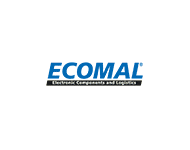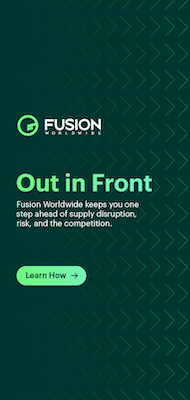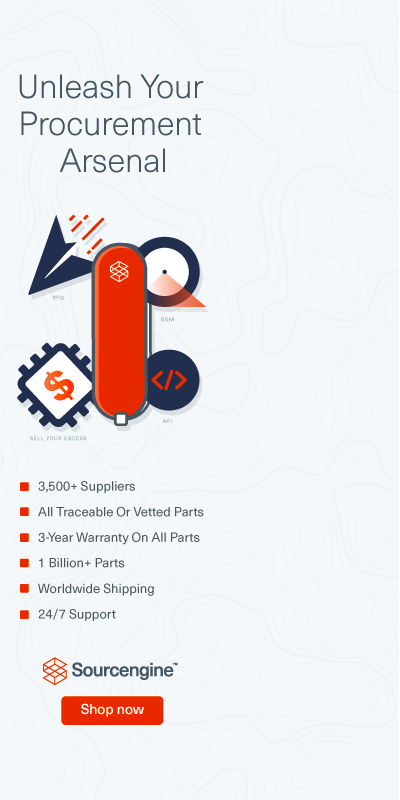Electronics Production |
Lithium-Ion battery market set for boom
Driven by plunging prices and accelerating demand from the electric and hybrid automobile market, lithium-ion will emerge as the world’s leading rechargeable battery technology and achieve 350% revenue growth from 2010 to 2020, states IHS iSuppli.
Courtesy of Hybrid and Electric VehiclesGlobal lithium-ion battery revenue is expected to expand to $53.7 billion in 2020, up from $11.8 billion in 2010. Revenue will rise to $31.4 billion in 2015, allowing lithium-ion to surpass the current dominant rechargeable battery technology, lead acid.
While lithium-ion will find wide usage in mobile electronics products such as cellphones and notebook PCs, usage in cars will fuel the bulk of sales growth.
“Lithium-ion at present is much more expensive than alternative technologies, costing two to three times as much as sodium-sulfur, lead-acid and nickel-metal-hydride rechargeable batteries,” said Satoru Oyama, principal analyst of Japan electronics research for IHS. “However, lithium-ion pricing will decline much more rapidly than the other technologies, coming close to cost parity in 2015, and then becoming the least expensive type of rechargeable battery in 2020. Combined with the inherent advantages of the technology, the increasingly competitive cost of lithium-ion will cause car makers to employ it as their battery technology of choice in future electric and hybrid vehicles.”
Lithium: Just What the Doctor Ordered for Automotive
Lithium-ion delivers several enhancements compared to other rechargeable battery technologies.
These advantages include more flexible form factors and lighter weight. Furthermore, lithium-ion devices have no memory effect, meaning they maintain their full capacity even after a partial recharge. Finally, lithium-ion batteries are considered to be more environmentally safe than other technologies.
These features make lithium-ion particularly attractive for electric vehicles, hybrid electric vehicles and plug-in hybrid electric vehicles.
Because of this, the automotive segment will be the leading market for lithium-ion batteries by 2015, surpassing the current top application, notebook PCs.
Lithium’s Elements of Success in Electric and Hybrid Cars
The dominant battery technology used in hybrid cars now is nickel-metal-hydride. More than 1 million hybrids with nickel-metal-hydride batteries were shipped in 2010, led by the Toyota Prius.
However, shipments of nickel-metal-hydride batteries to the hybrid market will not grow in the future as the use of lithium-ion begins to take off.
One concern regarding the use of first-generation lithium-ion batteries in cars is safety. There can be a risk of fire using existing lithium-ion battery materials due to the high temperatures involved. There have been documented incidents of lithium-ion battery fires in smaller devices, such as PCs and mobile phones.
To achieve acceptable safety levels for hybrid and electric vehicle batteries, lithium-ion battery makers must take steps to prevent internal short circuits which can cause external damage. These steps include improving control of power generation during discharges and enhancing the management of rapid charging.
While automotive will be the dominant market for lithium-ion batteries, notebook PCs and cellphones will remain major markets for the technology, accounting for $12.3 billion in revenue in 2010, up from $7.8 billion in 2010.
Other major uses for lithium-ion batteries include use in solar power systems, smart electricity grids and electric tools.






